Last week’s Museum Week has inspired us to rediscover some of our favourite treasure houses in Britain, home to historical, artistic, weird and wonderful collections.
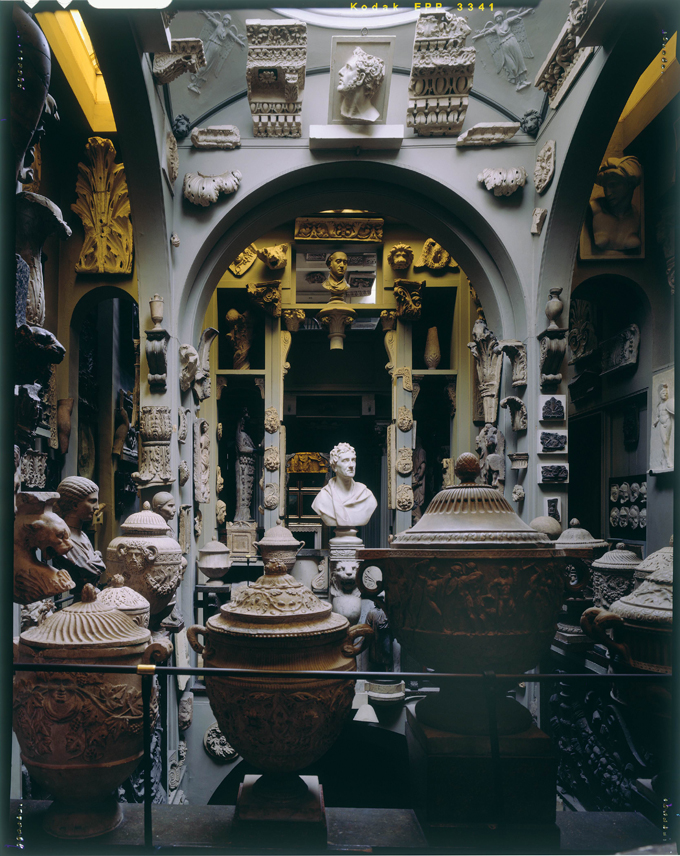
Sir John Soane’s Museum, London
Sir John Soane’s Museum at Lincoln Fields in London is the world’s first architectural museum. It has been a public museum since Sir John Soane himself left it to the nation at his death in the early 19th century. His disgraced son missed out on inheriting the fantastic treasure trove but Britain has certainly benefited from its inheritance. Sir John Soane was a professor of architecture at the Royal Academy and his neo-classical style has been well documented. His notable achievements include designing the Bank of England, parts of the Royal Hospital Chelsea and the Dulwich Picture Gallery. The museum today holds the collections and personal effects of Sir John as acquired between the 1780s and his death in 1837.
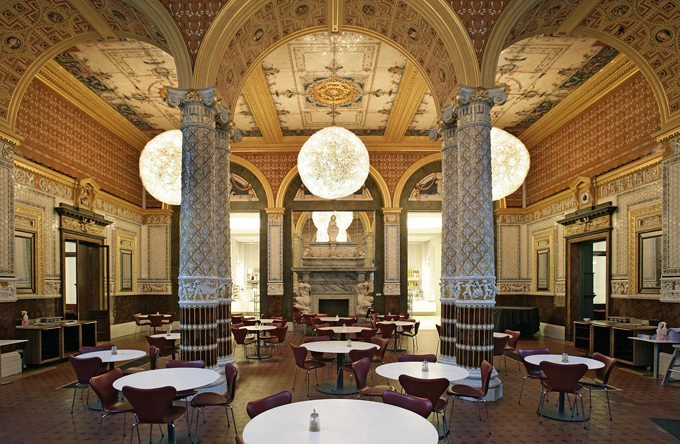
Victoria and Albert Museum, London
The Victoria and Albert Museum, more commonly known now as the V&A, was originally established in 1852 and was first called the South Kensington Museum. It was set up following the resounding success of the Great Exhibition in the previous year. It was not until 1899 when Queen Victoria laid the foundation stone for the new building that it was renamed the Victoria and Albert Museum in memory of Prince Albert who had been an avid supporter of the museum and its founding principles. The museum houses a collection of ceramics, glass, textiles, dress, silver, ironwork, jewellery, furniture, sculpture, paintings, prints and photographs from around the world. Henry Cole, the V&A’s first director, called the museum a ‘schoolroom for everyone’.
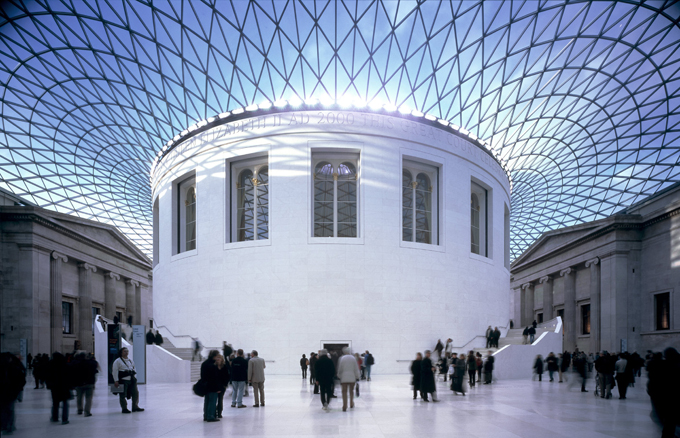
British Museum, London
Located in the heart of Bloomsbury, the British Museum was the first national public museum in the world. The museum was originally established after the death of Sir Hans Sloane in 1753. He bequeathed his collection to King George II who, with a subsequent Act of Parliament, established the British Museum. Sloane’s collection became the founding collection. The museum is now home to over eight million different objects from different cultures throughout the world. Two of our highlights include the world-renowned Rosetta Stone, which was acquired in 1802, and the Elgin Marbles, which became part of the collection in 1816.

Imperial War Museum Duxford, Cambridgeshire
The Imperial War Museum group was originally set up to record the events of the Great War in 1917 after Sir Alfred Mond proposed the creation of a museum to remember all aspects of war. The first museum opened in London in 1920 and in 1976 IWM Duxford was opened as a historic tribute to the aviation efforts throughout the First and Second World Wars. The airbase at Duxford was built during the First World War and was used as one of the earliest Royal Air Force stations. It has played a significant role in Britain’s aviation history: in 1940 the Luftwaffe attacks – aimed for London – were disabled from Duxford. The museum is now bursting with history, which makes it an immersive experience for visitors. It is widely known as the European centre of aviation history.
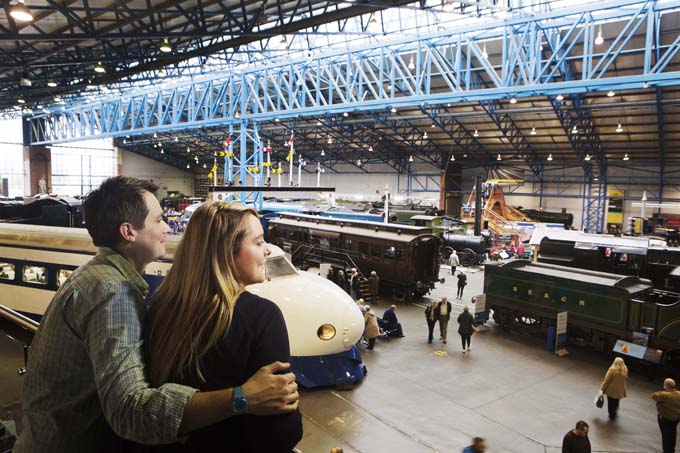
National Railway Museum, Yorkshire
The Yorkshire museum is the largest railway museum in the world. The museum is today split over two sites – one in York and the other in Shildon. Railway artefacts began to be collected from the late 19th century by the different railway companies. When the railways were nationalised in 1948, the collections were brought together and were later used in the opening of the National Railway Museum in 1975 in York. The museum was the first national museum outside London and was housed in a huge former steam locomotive depot. It’s sister museum at Shildon was opened in 2004 as the first national museum to be built in the northeast. The museum is home to Queen Victoria’s favourite carriage – she regarded it as her palace on wheels.
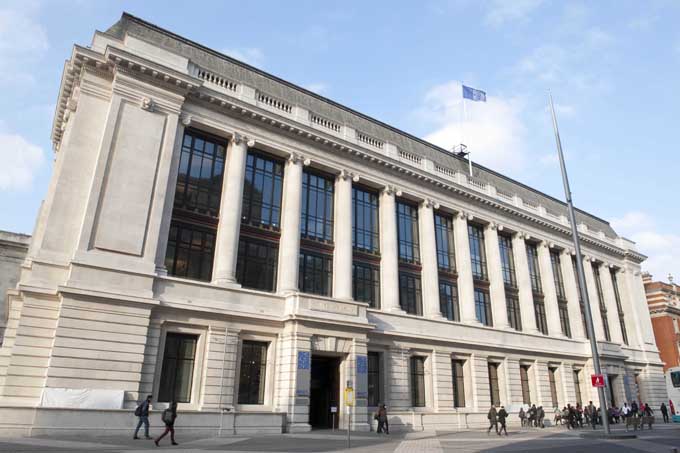
Science Museum, London
The Science Museum was originally created as part of the South Kensington Museum along with what is now the V&A museum. It became independent of the group in 1909 and was officially bestowed the title of the Science Museum. The founder and editor of the journal Nature, Norman Lockyer, is to be thanked for this nomenclature. The building was designed by architect, Sir Richard Allison. The museum features seven floors of scientific exhibits including the Apollo 10 command module and a flight simulator.
Royal Academy of Arts, London
The Royal Academy of Arts is a great London institution for art and artists alike. Sir William Chambers requested the establishment of a society to promote the Arts and Design from King George III in 1768. The society knew several homes before setting in 1867 at the palladian Burlington House. The academy’s general focus is on British art and showcases art from the 18th century to the present day. The independent art institution hosts the Summer Exhibition each year, which is the biggest annual event to draw in visitors over the last two centuries. It is home to British classics such as Constable and Hockney.
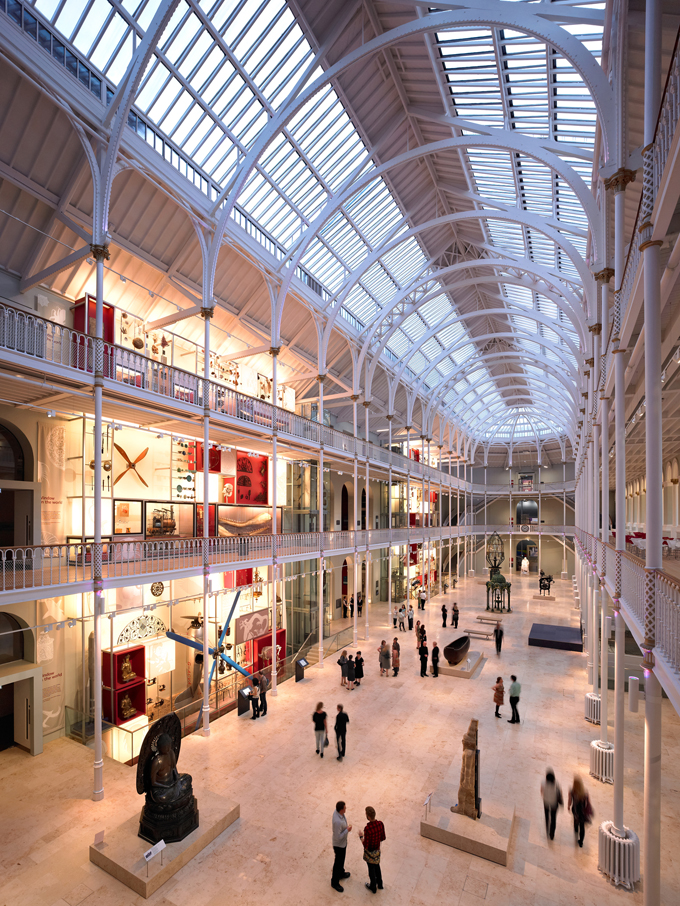
National Museum of Scotland, Edinburgh
The National Museum of Scotland was established in its current form in 1985 to tell the nation’s story. It was formed of an amalgamation of the National Museum of Antiquities and the Royal Scottish Museum. At its creation it was the largest multi-disciplinary museum in Scotland. The collections stemmed from the Society of Antiquaries of Scotland, which was founded in 1780 by David Steuart Erskine, 11th Earl of Buchan. The building was refurbished in 2011 after a £47.7 million refit, which helped them scoop an architectural award for ‘Best Building’.
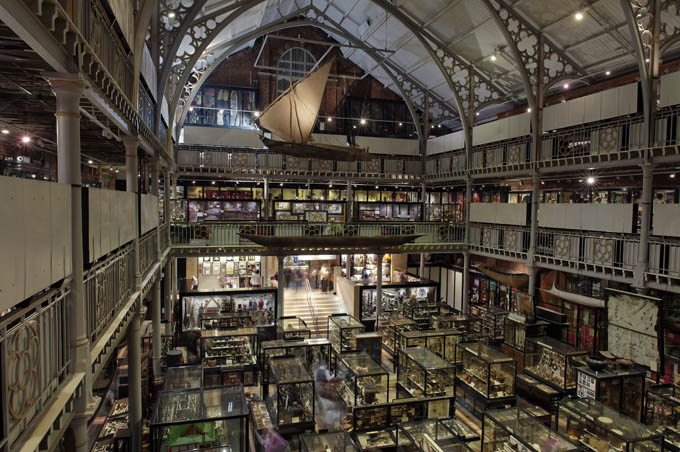
Pitt Rivers Museum, Oxford
The Pitt Rivers Museum is an archaeological and ethnographic treasure trove in the heart of Oxford. Founded in 1884, the museum was started with a founding collection from General Pitt Rivers. After his stint in the army, Rivers focused on research and collecting items of interest from around the world – he was known as an influential figure in the development of archaeology and anthropology. The founding collection comprised of 18,000 objects but the museum now has over half a million in its hands. The collections are arranged according to geographical and cultural areas making a tour of the museum a real journey of discovery. The museum features a cast iron frame, which was popular at the time of construction – in the style of designs used in the Crystal Palace and the great railway stations.
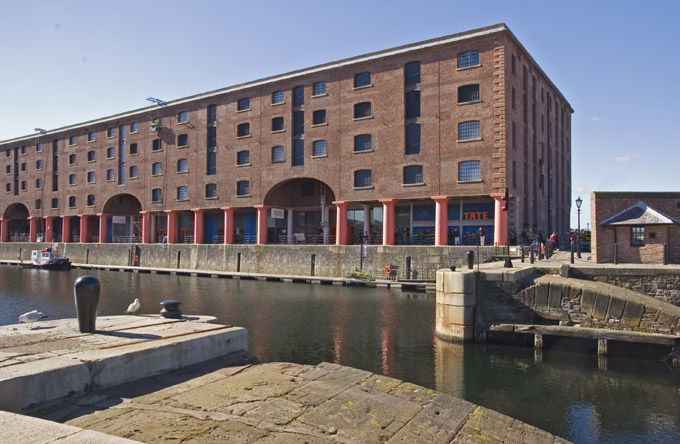
Tate Liverpool, Liverpool
The Tate family of museums, along with Tate Britain, Tate Modern and Tate St. Ives, was founded by Henry Tate. Henry was an industrialist who made his money as a sugar refiner. He was an avid art collector and offered his collection to the British nation, which prompted the establishment of a new gallery as there was no space for his collection in the National Gallery. In the 1980s the ‘Tate of the North’ was launched by the then director Alan Bowness in a disused warehouse at the Albert Dock in Liverpool. The gallery famously hosted the Turner Prize in 2007, making it the first time the competition was held outside London.
Related articlesArt and antiques at Blenheim Palace |
Click here to subscribe!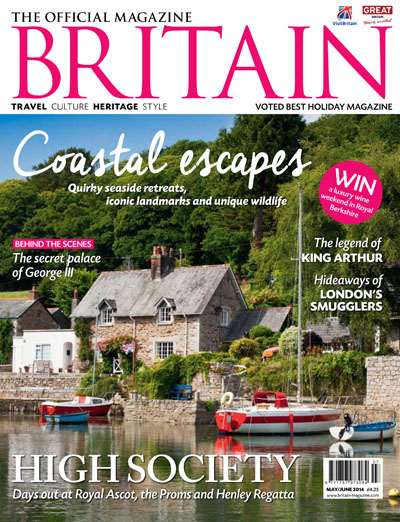 |
|
||||||||||||||







 © 2024
© 2024